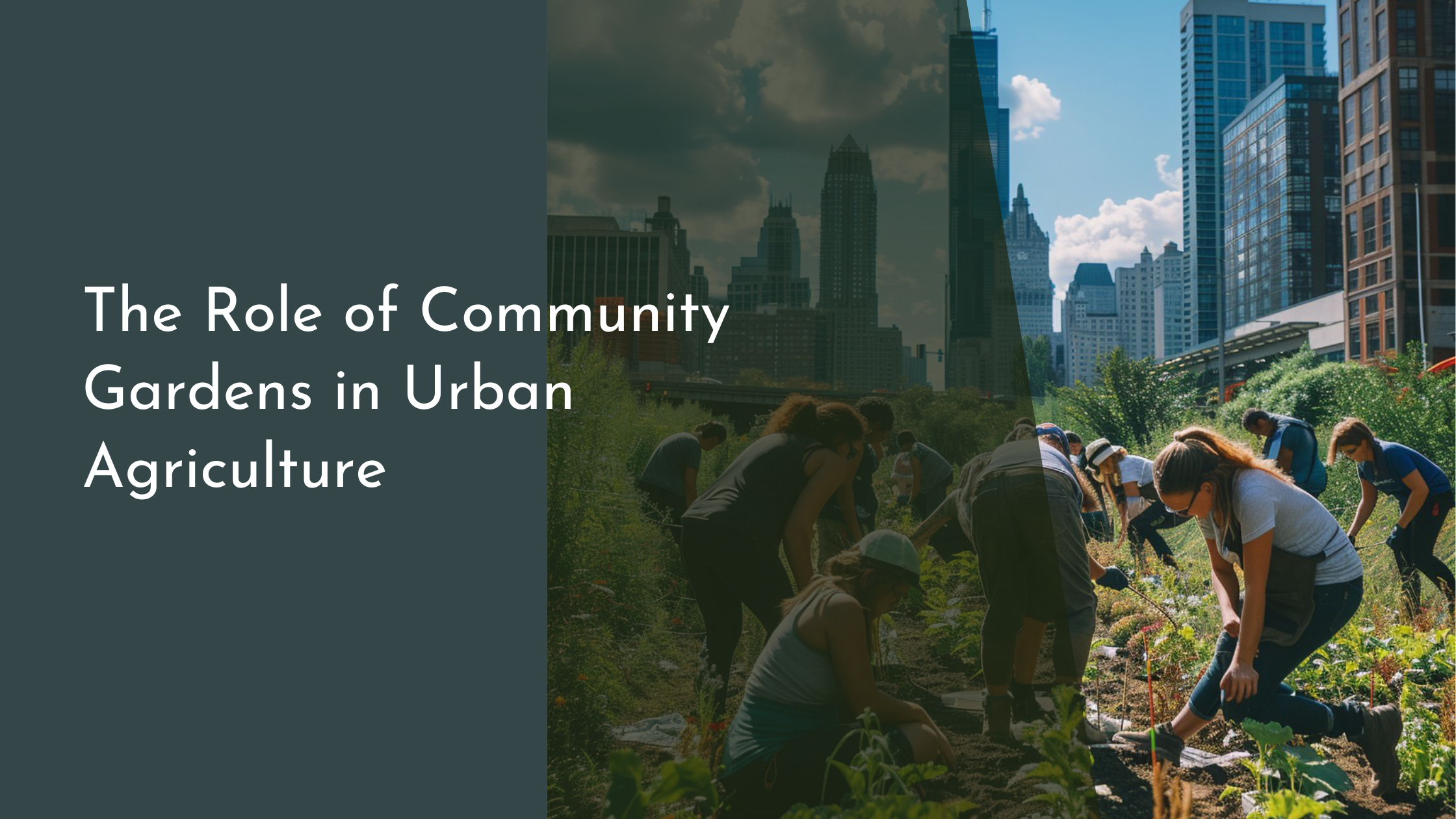The Role of Community Gardens in Urban Agriculture
In recent years, urban agriculture has emerged as a transformative movement within cities, blending green spaces with metropolitan landscapes to promote sustainability and community well-being. At the heart of this movement are community gardens, which not only produce fresh, local food but also serve as vital hubs for social interaction and environmental stewardship. As cities grow denser and space becomes more precious, the significance of these verdant oases continues to expand, playing a crucial role in reshaping urban living with delightful benefits for both individuals and the planet.
The Rise of Urban Agriculture in Modern Cities
The urban agriculture movement has gained impressive momentum as cities around the world grapple with issues like food security, environmental degradation, and a disconnect from nature. This burgeoning interest is driven by a desire to integrate food production into the urban environment, offering a way to address some of these challenges creatively and sustainably. Urban agriculture encompasses a variety of practices, from rooftop gardens and vertical farming to community gardens, each uniquely contributing to the greening of cityscapes. The versatility of urban agriculture allows it to adapt to the specific needs and constraints of different urban areas, making it a viable solution for cities of all sizes.
Community gardens have become a cornerstone of urban agriculture, offering city dwellers a patch of land to cultivate their own food, regardless of their access to private green spaces. These gardens have sprouted up in vacant lots, on rooftops, and in public parks, providing a communal space where individuals can grow fruits, vegetables, and flowers. They serve as a testament to the power of grassroots movements, often initiated by local residents or community organizations as a response to the lack of green spaces. The proliferation of community gardens signifies a shift towards more localized food systems and a growing awareness of the need for sustainable urban living.
How Community Gardens Foster Social Connections
One of the most profound impacts of community gardens is their ability to bring people together, fostering a sense of community and belonging in urban environments often marked by anonymity. These gardens function as social hubs where people from diverse backgrounds come together to share a common interest in gardening and sustainability. They provide a natural setting for people to interact, share knowledge, and collaborate on projects, which helps to break down social barriers and build friendships. In this way, community gardens create a supportive network that can lead to improved mental health and a stronger sense of community cohesion.
Beyond personal connections, community gardens also offer educational opportunities that benefit the wider community. Workshops on gardening techniques, composting, and sustainable living practices are frequently held, providing hands-on learning experiences that empower individuals to adopt more environmentally friendly habits. Schools often partner with community gardens to give students a practical education on ecology and nutrition, fostering a lifelong appreciation for nature and healthy eating. These educational activities not only enhance individual knowledge but also strengthen community ties as people come together to learn and grow.
Environmental Benefits of Urban Community Gardens
Community gardens play a significant role in enhancing urban biodiversity and providing ecological benefits. By transforming neglected spaces into vibrant green areas, they create habitats for a wide range of species, from pollinators like bees and butterflies to birds and small mammals. This increase in biodiversity contributes to healthier ecosystems within city environments and supports essential ecological processes such as pollination and pest control. Furthermore, the plants in community gardens help improve air quality by absorbing carbon dioxide and other pollutants, making cities more livable for residents.
In addition to their biodiversity benefits, community gardens can also mitigate some of the environmental issues associated with urbanization. They help reduce the urban heat island effect by providing shade and cooling through evapotranspiration. The permeable surfaces of gardens allow rainwater to infiltrate the ground, reducing the risk of flooding and alleviating pressure on urban drainage systems. Community gardens also promote sustainable waste management practices through composting, which reduces waste sent to landfills and returns valuable nutrients to the soil, enhancing its fertility and structure for future plant growth.
In conclusion, community gardens stand as vibrant symbols of resilience and adaptability in the face of urban challenges. By nurturing social connections, enhancing environmental quality, and fostering a spirit of sustainability, they demonstrate the transformative power of urban agriculture. These gardens are more than just plots of land; they are gathering places that cultivate a sense of community, educate city dwellers, and contribute to the ecological health of urban environments. As more people recognize their value, community gardens will continue to thrive and expand, offering a hopeful vision for the future of cities and their inhabitants. Embracing community gardens means embracing a more sustainable and connected way of living, where people and nature coexist harmoniously.

